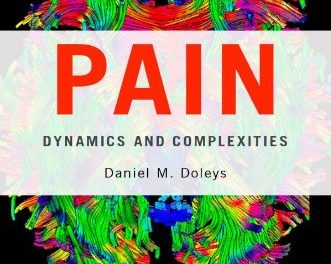Author: D.R. SarDesai
Publisher: Westview – A Member of the Perseus Books Group – 486 pages
Book Review by: Paiso Jamakar
India is the world’s largest democracy, whereas the United States is known to be the world’s oldest. There live in India today roughly 1.2 billion people, comprising about one-sixth of the planet’s 7 billion inhabitants, living on about 1.2 million square miles of land. It is next only to China in population size. Measured by purchasing power parity, India’s gross domestic product of $1.846 trillion in 2011 was third largest in the world.
India has 29 states and six territories in its political union. Roughly 72 percent of Indians live in villages, which number over 500,000, and are dependent on agriculture for their living. About 285 million people live in cities and towns. This number is over nine-tenths of the current U.S. population of 313 million.
This book is not just a history of India – although quite comprehensive in coverage of that subject – from one scholar’s point of view. Nor is it just a chronology of events like most other books on Indian history. It is much more.
This work by the award-winning author D.R. SarDesai of the University of California at Los Angeles describes India’s present-day economics and politics, its climate and geography, its population and languages, its food and fashion, its religious background and its secularism, its initiatives on defense, its foreign policy, and more. All these characteristics of the book make it stand apart from others on Indian history
While India’s long span of recorded history covers a lot of the length of this book, the author also helps you understand its prehistoric culture, religious framework, and deeply-held beliefs and values as they continue to impact current events. (The author writes in the very first line of the first chapter: “the history of India is the story of a civilization whose past is well incorporated into its present.”). This includes India’s present-day culture of political corruption, contrasted with its growing business and economic success at home and its citizens’ achievements abroad.
This work reflects SarDesai’s broad and deep knowledge of Indian historical events and evolution of Indian ideas and values. Through more than 480 pages, SarDesai takes you from India’s pre-historic times of the Indus-Saraswati Rivers civilization, to the 600-plus years of the Vedic Age (1200 BC to 600 BC) to the invasion by Alexander the Great.
The book continues with the history of the many kingdoms such as of the Mauryas, Kishanas, Guptas, and Harshavardhana, to the early Islamic period (the Sultanate of Delhi, the Khalji Dynasty) to the peninsular kingdoms (the Vijayanagar Empire, the Bahmani Kingdom) to the Moghul period (1525 to 1707) to the rise of the Marathas and the Sikhs, followed by a quarter millennium of British rule, then to the nationalist movement that led to India’s partition and independence in 1947.
This book also covers several issues during the post-independence period such as the sovereignty of the various princely states during and after the end of British rule; the question of Kashmir; and India’s quest for economic freedom after political freedom was won. India’s foreign policy during the regime of the first Indian Prime Minister Jawaharlal Nehru and later, is also covered in this detailed book on Indian history.
India’s ongoing quality-of-living problems reflective of income and wealth inequality are the ones most on the minds of people and are subjects of heated discussion these days.
SarDesai writes that the first post-independence period (1947-90) of India’s economic life, was marked by excessive state (read: national government) planning and “strangulating economic controls.”
The second period (1991 to the present) is characterized as “economic liberalization,” with the lifting of state controls over businesses, lowering of trade tariffs, allowing multinational corporations entry into the Indian market and more active participation in the World Trade Organization.
All these and many other government measures encouraging free flows of capital, goods and services between India and other countries (export and import) has helped GDP growth to accelerate in recent years to double-digit rates. As a consequence, rising incomes and spread of wealth has created an Indian middle class numbering over 300 million people: a fourth of its population. Hundreds of millions of others have been lifted up from poverty.
If you want to read a good book about India, not just about its past (which is very comprehensively covered as well in this book) but also its present and future, I urge you to get a copy of this book and read it. India has come up on the world stage. Recent news items are on cash-rich Indian multinational firms buying companies in Europe and the United States to grow their revenues and profits – something you would never have read about just about a decade ago.
D.R. SarDesai is former chairperson of the South Asian studies department at the University of California at Los Angeles and current holder of the Doshi Chair in Indian History there. His other books include Southeast Asian History: Essential Readings; Vietnam: Past and Present; and Southeast Asia: Past and Present.






